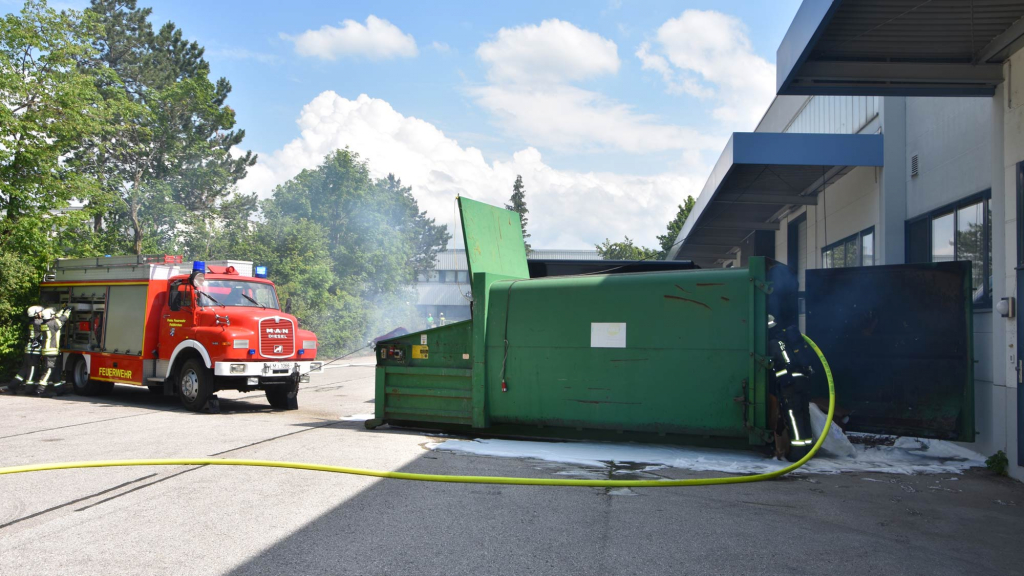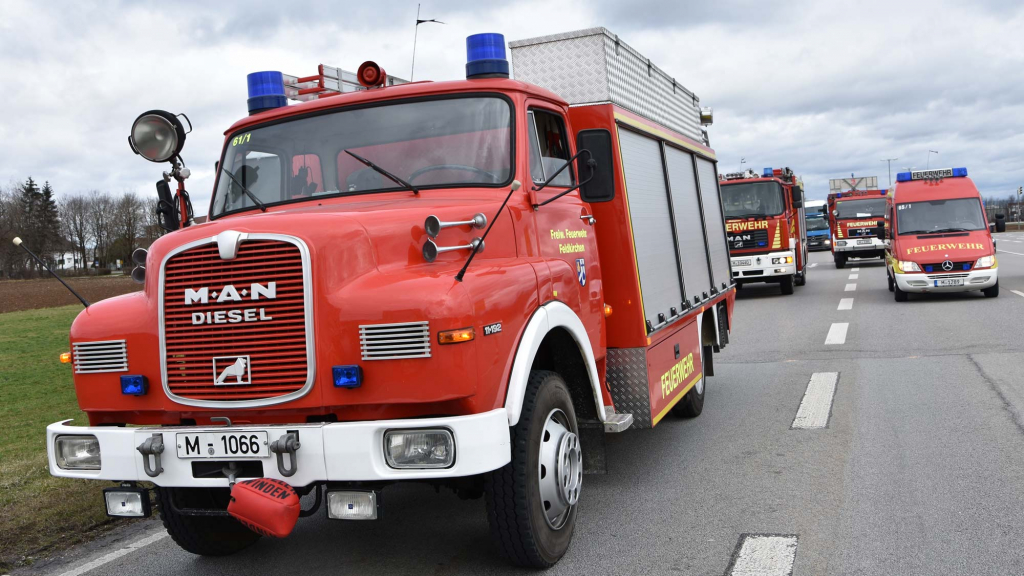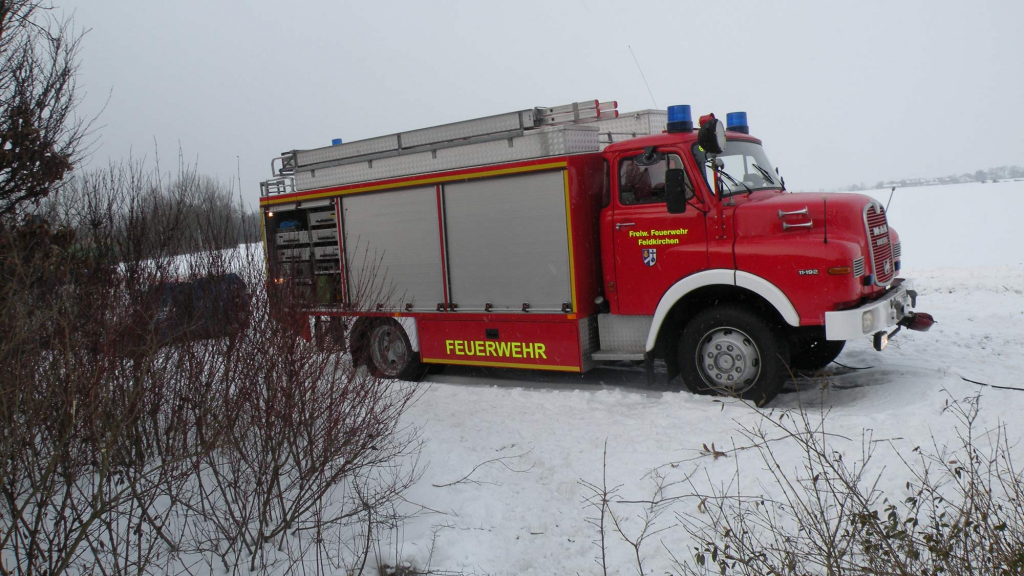
A true golden oldie.
Always ready for action with Feldkirchen’s firefighters: a MAN RW2 built in 1986
Anyone who witnesses a road accident around the town of Feldkirchen in Upper Bavaria might get another few seconds of shock afterwards: a well-worn MAN RW2 truck built in 1986 is always one of the first to arrive on the scene. This is no cause for concern, as chief officer Andreas Karner from the local fire department explained to us in an interview. The 192-horsepower classic is still more than up to the job.
Your MAN RW2 unit is a true golden oldie. In your opinion, what are the characteristics that make the vehicle such a classic in the fire department?
Andreas Karner: “Sturdiness is definitely one attribute. The chassis and vehicle body are indestructible. For its age, the vehicle is really in very good nick. In my opinion, the fact that it is one of the last trucks with a protruding engine compartment like this really sets it apart. It has a very long bonnet that sticks right out in front of the cab – a proper snout! You always need to take these extra one-and-a-half metres into account when you’re behind the wheel of the MAN RW2, whether you’re parking or when the road gets narrow. This requires a fair bit of driving skill.”
Does that make your colleagues want to drive the MAN RW2 more? Or perhaps rather avoid it?
A.K.: “It’s true that driving our golden oldie is more difficult to begin with. This goes for young, freshly qualified truck drivers in particular. However, there are still plenty of drivers among us who are desperate to drive the MAN RW2 out on deployments, and I am one of them. Without the automatic gearbox that is commonplace nowadays, the sensation of driving the truck is incomparable. You have to actively change gear, and upwards of 70 km/h you really notice the vibration of the engine, which is also incredibly loud. It’s good old-fashioned truck driving, and I like that. Others simply find it loud. When all is said and done, the comfort in the cab also leaves something to be desired. The driver’s and co-driver’s seats are essentially just a metal frame with a bit of padding on top. When you’re out and about in the MAN RW2, you quickly realise what drivers back then were made of, considering they were out on the road in a machine like this each and every day.”
How many deployments does the MAN RW2 have under its belt already?
A.K.: “I would guess that it has long since passed the 1,000 mark with around 40 alarms a year since 1986. It comes along on every major deployment, where it provides technical assistance at accident sites, not to mention support with chemicals, hazardous substances and environmental protection.”
What does it have on board?
A.K.: “You might call this vehicle a mobile workshop. It has various pieces of rescue equipment, such as for recovering victims of accidents who find themselves trapped. In addition, there is a built-in winch on board for lifting vehicles, a power generator, a large lighting mast that provides illumination on night-time deployments and – last but not least – a comprehensive range of tools for tackling spillages of oil or hazardous substances.”
Does it need to be cared for more lovingly than new vehicles?
A.K.: “There is no difference in that respect. The good thing is that you can still do a lot yourself on our MAN RW2 because everything was designed to work purely mechanically. If something small needs to be repaired on our ‘old timer’, we simply pick up a spanner or a hammer and don’t need to make an extra trip to the workshop to have the on-board vehicle computer analysed.”
How much longer do you see the MAN RW2 remaining among your ranks?
A.K.: “One or two more years, then it’ll probably reach the end of its active service. After that, we hope to pack it off to the Fire and Rescue Museum in Waldkraiburg for its well-deserved retirement. The way our MAN RW2 is built makes it pretty unique in Germany.”
Do you operate a golden oldie, or have you brought one back to life? Write to us with your story – we look forward to reading it.



